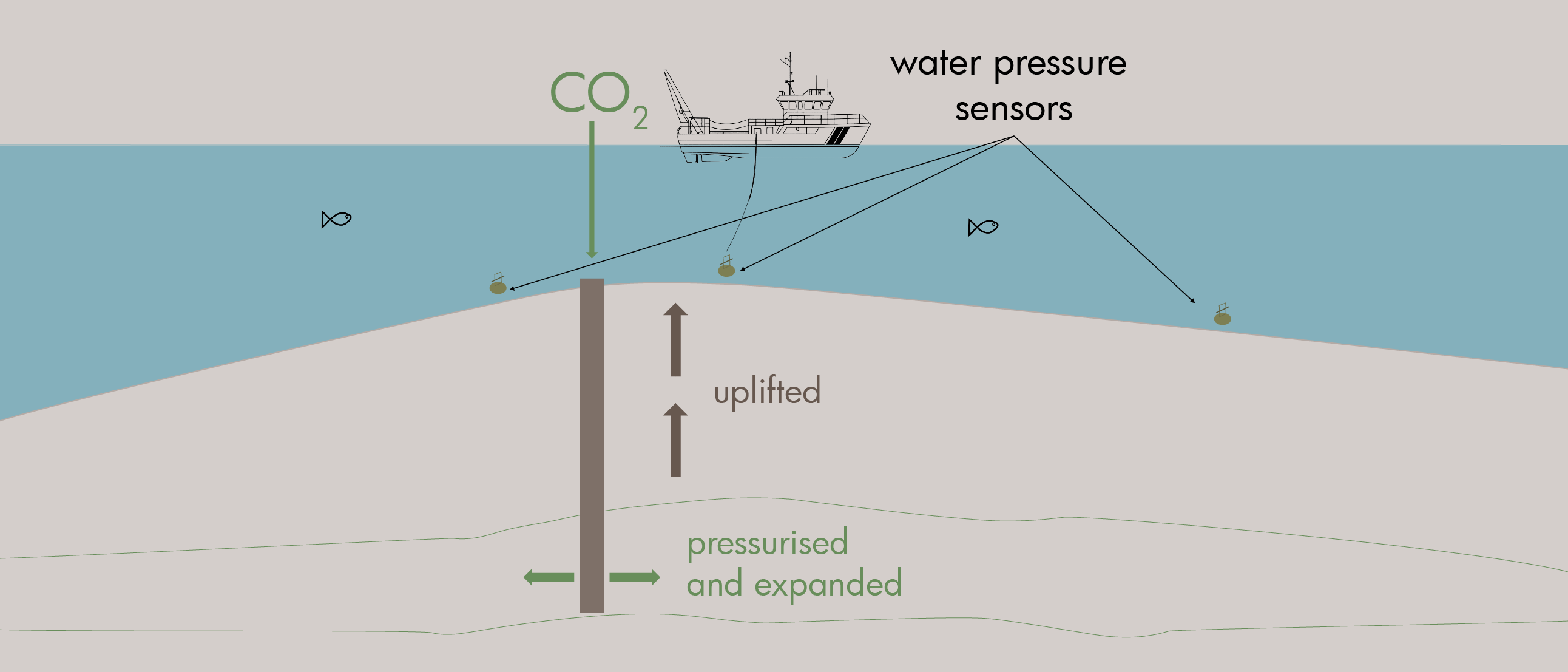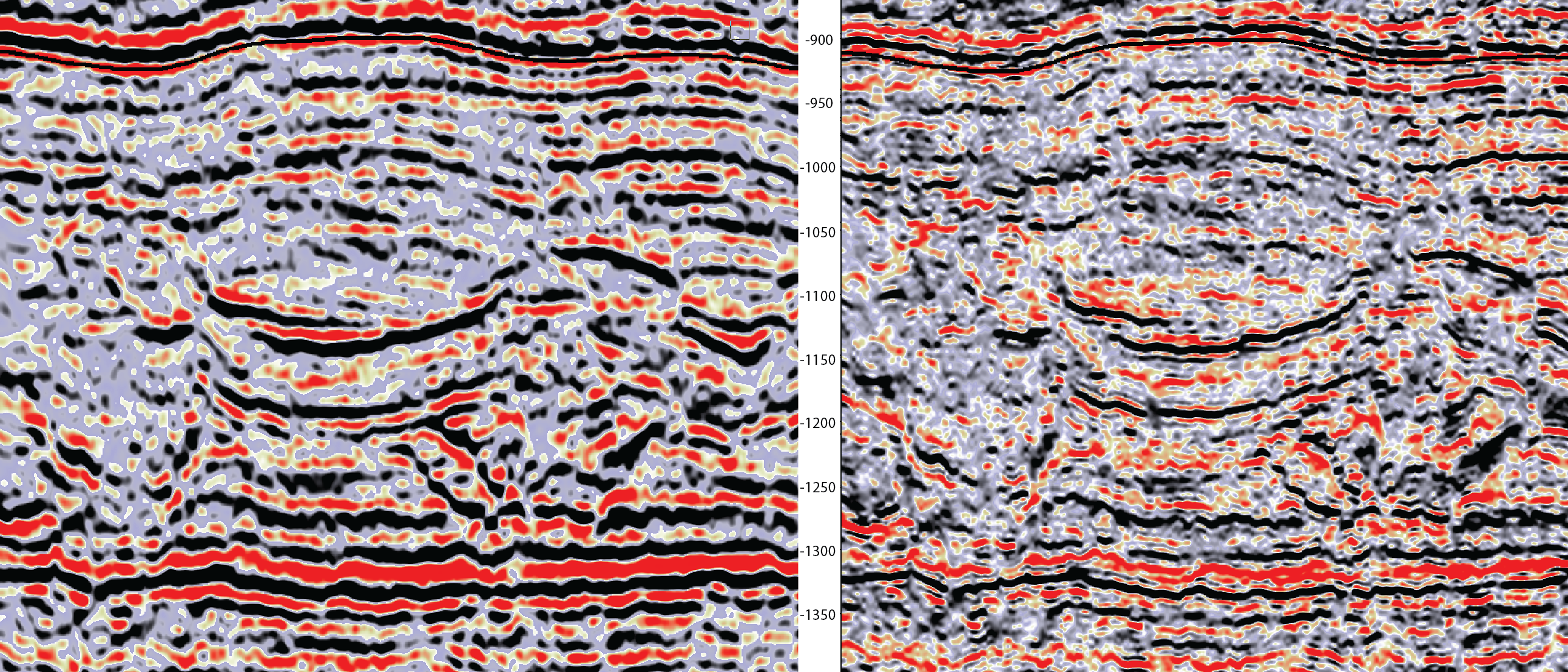In a press release issued yesterday, Shell NL, TotalEnergies, EBN and Gasunie have agreed on a collaboration to realise another CO2 capture, transport and storage project in the Dutch sector. This is the third major CCS project that comes after the launch of the Porthos and Athos initiatives and the fourth if a study initiated by Neptune at the end of last year is included.
The name of the new initiative is Aramis, and it aims to capture CO2 from large-scale industrial emitters. With the Rotterdam area as the main focus of CO2 capture, a final investment decision on the project that includes the construction of new infrastructure such as a compression station and an LNG terminal is expected in 2023.
Similar to the other CCS projects launched, storage of the CO2 is thought to be taking place in depleted Rotliegend gas fields offshore. The illustration shown in the press release may point to TotalEnergies’ cluster of fields in the K and L offshore blocks as the final destination of the greenhouse gas.
A second CCS project in Denmark
And today, the Norwegian Energy Company (Noreco) has announced a CCS partnership with Ørsted and DTU and partners in the Danish Underground Consortium to further progress CCS in the Danish sector. Under the name of project Bifrost, an initial 3 million tonnes of CO2 may be stored in the Harald field, using existing pipelines.
This comes after Wintershall and partners recently confirmed their commitment to store CO2 in the Nini West cluster of fields in the Danish sector.
A CO2 market
The Aramis project is not the first initiative aiming to build an open network for new partners to tap into; Northern Lights in Norway, the transport and storage component of Longship, also aims to provide a CO2 hub ready to take in gas from third parties.
John Hulme, COO of Noreco said something along the same lines in today’s announcement: “Our assets in the Danish North Sea, especially the unique pipeline infrastructure, could be a potential enabler for establishing Denmark as a CCS hub.”
And with major operators successfully applying for CCS licences in the UK – especially in the Southern North Sea area – it is likely that should these projects go ahead any parties that are keen to transport and store their CO2 into these depleted fields are more than welcome to do so.
Competition
With this amount of initiatives being launched, it is becoming more apparent that the search for suitable CO2 sources, infrastructure and not the least subsidies may create competition and blurry boundaries amongst and between different projects. For instance, the Dutch government reserved 2.1 billion euros in subsidies for the “clients” of the Porthos CCS project: Air Liquide, Air Products, ExxonMobil and Shell. With Shell at the same time partnering in the Aramis initiative and potentially targeting the same sources of CO2 in the Rotterdam Harbour area, there seems to be room for negotiation and potentially conflicts of interest.
It may be time to launch another CCS project; one that oversees all the individual initiatives to ensure a genuine network of pipelines, fields and sources are being connected up to ensure that a substantial amount of CO2 is being stored in the end.
HENK KOMBRINK





